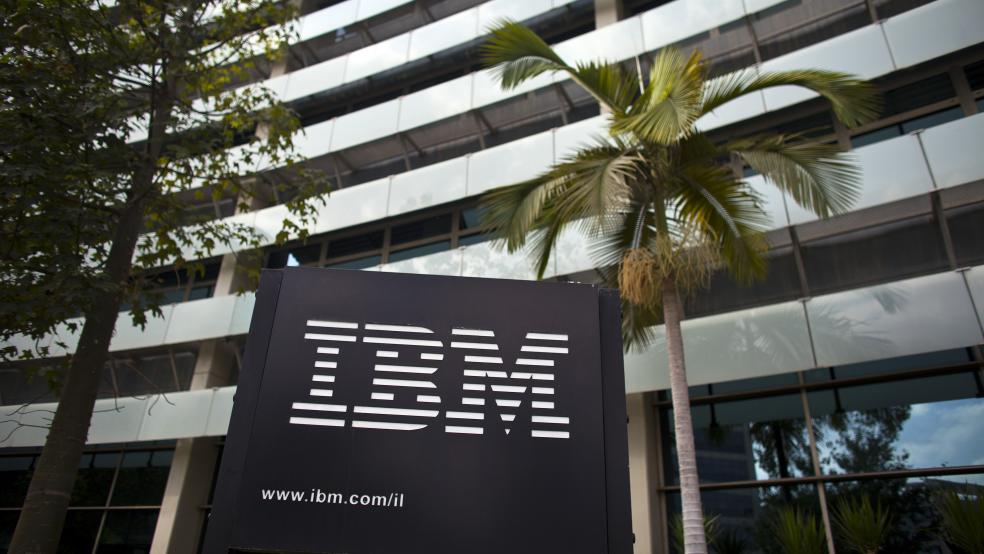Here’s a little factoid to brighten your day: Late last month, the Society of Actuaries updated its mortality tables for the first time in 14 years. The new report showed that the life expectancy of the average 65-year-old American man is now 86.6, two years older than it had been in 2000. The average 65-year-old woman is now expected to live to 88.8, or 2.4 years longer than in 2000.
That’s a fairly remarkable change in a relatively short period of time, but as you might expect, there’s a downside to the otherwise cheery news: As Chris Matthews at Fortune points out, longer lives means higher costs for companies that still offer defined-benefit pension plans (not to mention entitlement programs like Social Security and Medicare).
While companies by and large have dropped such pensions in favor of defined-contribution plans like 401(k)s in recent years, Matthews notes that 24 percent of Fortune 500 companies still offered some form of defined-benefit plan to new employees as of the end of last year — and many other companies still have pension obligations to workers who were on their payrolls before the giant retirement plan shift happened.
Related: Are 401(k) Plans Setting Up Millennials for Pain?
“In other words,” he writes, “the leaders of today’s biggest companies are still going to have to spend time thinking about their pension funds and make sure that they are properly funded and able to take care of retirees.”
Making that process more realistic was the express purpose of the Society of Actuaries report, which the group says was undertaken “to help retirement plan sponsors more accurately estimate the financial obligations associated with their plans.” The actuaries estimated that the changes in the data could result in an increase of 4 percent to 8 percent in private pension plan liability. “This average cost impact will vary greatly according to the design and demographic profile of each plan,” the group said in a press release.
Related: 10 Worst States for Surviving a Financial Disaster
Matthews cites an analysis by Will Becker of research firm Behind the Numbers that shows why companies like IBM, Caterpillar, and Dow Chemical should be concerned. Those companies have large numbers of retirees, heavily underfunded pension obligations, and pension plans with lots of exposure (30 percent of assets or more) to the stock and bond markets. (For more on those companies, read the story at Fortune.) While those markets have done well in recent years, they can’t be counted on to soar indefinitely. If, or when, the market turns, the companies may have some work to do to keep their pension funding ratios looking reasonable — and investors may not be thrilled about the financial maneuvers they have to make.
Top Reads from The Fiscal Times:





